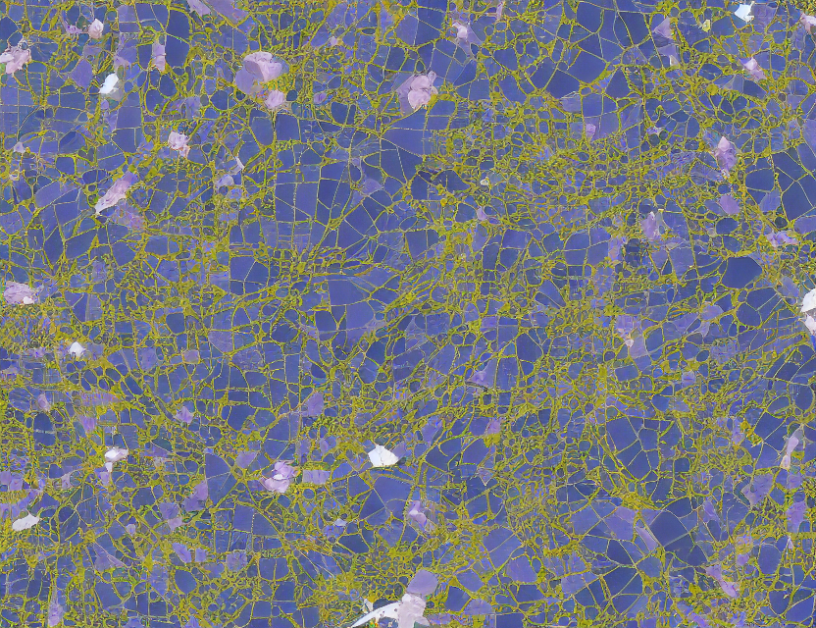Clustering algorithms are a fundamental component of machine learning, enabling us to group similar objects together and identify patterns in large datasets. In this article, we will delve into the three primary clustering methods: K-Means Clustering, Hierarchical Clustering, and Affinity Propagation Clustering. We will demystify these techniques by using everyday language and engaging analogies to help readers comprehend complex concepts.
K-Means Clustering: A Simple yet Powerful Algorithm
K-Means clustering is an unsupervised algorithm that divides data into k clusters, where each observation belongs to the group closest to its mean. Imagine a bunch of friends at a party, and you want to group them based on their interests. K-Means would assign each friend to a cluster based on their similarities in hobbies or interests. The more observations there are in a cluster, the more similar they must be to each other.
Hierarchical Clustering: Building a Family Tree for Data
Hierarchical clustering is another unsupervised technique that creates a hierarchical structure of clusters by merging or splitting them continuously until only k clusters remain. Think of it as building a family tree, where each branch represents a cluster and the leaves represent individual observations. As you climb up the tree, observations become more related to their cluster mates.
Affinity Propagation Clustering: A Novel Approach to Clustering
Affinity propagation is an unsupervised method that clusters data without specifying the number of clusters beforehand. Imagine a group of people at a party, and you want to know which ones are most likely to get along. Affinity propagation would calculate the similarity between each pair of observations and cluster them based on their connections. The more connections two people have, the more likely they are in the same cluster.
Methodology: A Step-by-Step Approach to Clustering
To apply these clustering algorithms, we need to follow a methodical approach that includes data preprocessing, creation of responsibility matrices, and calculation of the criterion matrix. Think of it as baking a cake – first, you need to gather all the ingredients (data), then mix them together (preprocess), and finally, add the right amount of each ingredient according to the recipe (calculate the criteria matrix) to get your desired output.
In conclusion, clustering algorithms are powerful tools that help us understand complex datasets by grouping similar objects together. Whether you’re a data scientist or simply interested in understanding machine learning concepts, this article has provided a comprehensive guide to K-Means Clustering, Hierarchical Clustering, and Affinity Propagation Clustering. By demystifying these techniques through analogies and engaging language, we hope you’ve gained a deeper appreciation for the art of clustering data.



